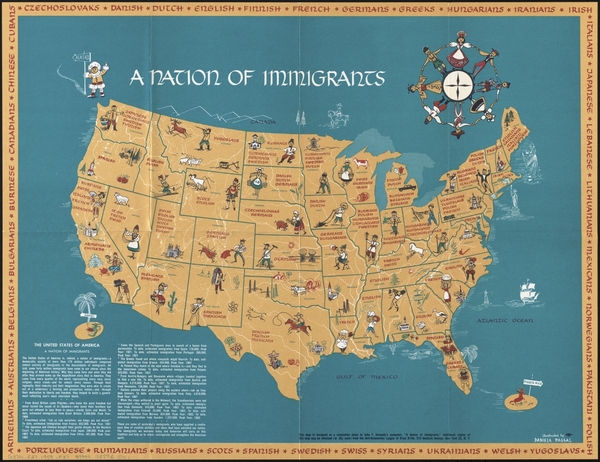
The E-2 investor visa is an attractive option for foreign investors looking to establish or invest in a business in the United States. However, the application process can be challenging and complex, with several potential roadblocks along the way. In this blog, we will discuss the challenges faced by foreign investors when applying for the E-2 investor visa and offer some tips on how to overcome them.
- Meeting the Requirements: The E-2 visa requires investors to meet specific requirements, including making a substantial investment in a U.S. business and being actively involved in the management of the business. Meeting these requirements can be challenging, as they can vary depending on the business type and industry.
Tip: Work with an experienced immigration attorney who can guide you through the requirements and help you ensure that your application meets all the necessary criteria.
- Proof of Funds: The E-2 visa requires investors to show that they have the necessary funds to invest in a U.S. business. This can be challenging, as investors may need to provide documentation such as bank account history, financial records, investment assets, and/or tax returns to prove their financial capacity.
- Business Plan: The E-2 visa requires a comprehensive business plan that outlines the investor’s goals, strategies, and financial projections for the next 5 years. Developing a solid business plan can be challenging, as it requires in-depth market research and financial analysis.
- Language Barriers: Many foreign investors may struggle with the English language, making it challenging to navigate the E-2 visa application process and communicate with the immigration officials during the consular visa interview. Communication barriers can lead to misunderstandings, delays, and mistakes in the application process.
- Visa Processing Times: The E-2 visa application process can be lengthy, with processing times varying depending on the location of the U.S. embassy or consulate where the application is filed. Delays in processing times or additional security checks can be frustrating and may impact business plans and investments.
Tip: Plan ahead and be prepared for potential delays in the application process. Work with an experienced immigration attorney who can help you navigate the process and ensure that your application is filed correctly the first time.
- Meeting the “Substantial Investment” Requirement: One of the key requirements for the E-2 visa is that the investor must make a substantial investment in a U.S. business. The amount of the investment required is not specifically defined, but it must be significant enough to demonstrate the investor’s commitment to the business. This can be a challenge for investors who do not have substantial capital to invest.
- Demonstrating the Source of Investment Funds: Another challenge faced by foreign investors is demonstrating the source of investment funds. The U.S. government requires investors to provide clear evidence that the investment funds were obtained lawfully. This can be difficult for investors who come from countries with strict financial regulations or who have limited access to financial documentation.
- Maintaining the Required Investment: The investor must maintain the required investment throughout the duration of their stay in the U.S. This can be a challenge for investors who face unexpected financial setbacks or who need to withdraw their investment for personal or business reasons.
- Understanding the Complex Application Process: Applying for an E-2 visa can be a complex and time-consuming process, especially for investors who are not familiar with the U.S. legal system. It requires submitting a substantial amount of paperwork and supporting documentation, which can be overwhelming for some investors.
- Meeting the “Real and Active” Business Requirement: To qualify for an E-2 visa, the U.S. business must be a “real and active” enterprise. This means that it must be engaged in commercial activities and produce goods or services for profit. Demonstrating that the business meets this requirement can be a challenge, especially for startups that are still in the early stages of development.
In conclusion, the E-2 investor visa is an attractive option for foreign investors looking to establish or invest in a business in the United States. However, there are several challenges that investors may face when applying for the visa. By working with an experienced immigration attorney, financial advisor, business consultant, and translator, foreign investors can overcome these challenges and increase their chances of success in obtaining an E-2 investor visa.



















